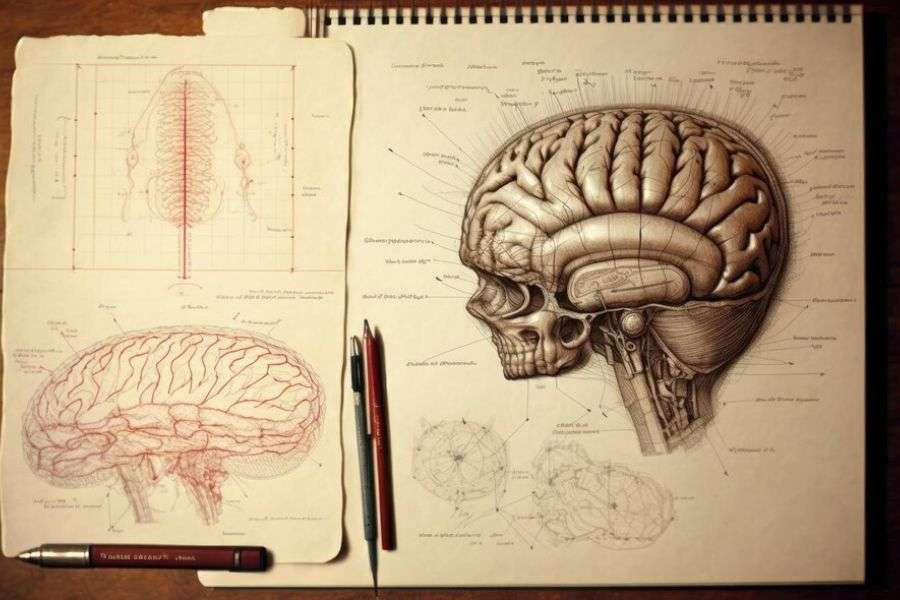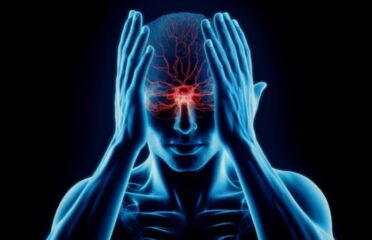CADASIL
Overview

So, have you ever heard of CADASIL?
It's this pretty rare genetic disorder that affects the small blood vessels in the brain.
Apparently, it was first discovered in 1993. It's caused by a mutation in a specific gene, and it's inherited in an autosomal dominant pattern.
The symptoms and disease progression can vary greatly from person to person, even within the same family.
Some common symptoms include migraine headaches, recurrent strokes, cognitive decline, and psychiatric disorders. Unfortunately, there's no cure for CADASIL right now, but doctors focus on managing the symptoms and preventing complications.
If you or someone you know is affected by this condition, genetic counseling might be helpful.
Symptoms
• CADASIL is a rare genetic disorder impacting brain blood vessels, leading to recurrent strokes, cognitive issues, migraines, and psychiatric disturbances.
• Symptoms can vary among individuals, even within families carrying the genetic mutation.
• Though no cure exists, treatments can manage symptoms and enhance quality of life.
• Seeking medical attention and exploring treatment options are essential for those diagnosed.
• Understanding CADASIL's impact on daily life and accessing available support are vital.
• Collaborating with healthcare providers can optimize management strategies and improve outcomes for individuals with CADASIL.
Causes & Risks
• CADASIL is a rare genetic disorder impacting brain blood vessels due to mutations in the NOTCH3 gene.
• NOTCH3 mutations lead to protein accumulation in smooth muscle cells, causing blood vessel wall thickening.
• This thickening narrows the vessel lumen, reducing blood flow and causing symptoms like migraines and strokes.
• Unfortunately, there is no cure for CADASIL, but treatments can manage symptoms and prevent complications.
• Understanding CADASIL's genetic basis is crucial for diagnosis and treatment planning.
• Collaborating with healthcare providers can optimize symptom management and improve the quality of life for individuals with CADASIL.
Test & Diagnosis
• CADASIL diagnosis involves symptom observation, family history, and brain MRI lesions examination.
• Brain MRI findings are not specific to CADASIL, requiring DNA testing or skin biopsy for confirmation.
• DNA testing detects mutations in the NOTCH3 gene, while a skin biopsy identifies GOM inclusions.
• Early CADASIL identification aids symptom management and stroke prevention.
• Consultation with a healthcare professional is crucial for testing and proper care.
• Early diagnosis enables genetic counseling and informed family planning decisions.
Treatment
• CADASIL lacks a cure or preventive treatment, but managing risk factors like hypertension and smoking is advised.
• Use of tPA for acute strokes in CADASIL patients requires caution due to uncertain efficacy and risk evaluation.
• Traditional painkillers are recommended for migraines in CADASIL, while vasoconstrictors like triptans or ergot derivatives should be avoided.
• Medications such as anti-hypertensives, anti-convulsants, or anti-depressants may be prescribed to prevent migraines.
• Drug therapy for depression or psychiatric abnormalities may be necessary, alongside psychological support.
• Genetic counseling is essential for CADASIL patients and their families to understand inheritance patterns and make informed decisions.
Living With
Individuals with CADASIL can manage their symptoms and complications by following these measures:
Regular medical check-ups and treatment by healthcare professionals.
Lifestyle modifications such as maintaining a healthy diet, exercising, and refraining from smoking, which can help reduce the risk of stroke.
Cognitive rehabilitation and support can assist in managing cognitive decline.
Medications can be used to manage symptoms such as migraines, depression, or to prevent strokes.
Complications
It can lead to various complications and challenges for those affected:
Cognitive Issues: CADASIL often causes cognitive decline, including problems with memory, thinking, and reasoning. This can impact daily living and may progress over time.
Mood Changes: Individuals with CADASIL may experience mood swings, depression, or anxiety due to the neurological effects of the disease.
Stroke and Migraine Attacks: CADASIL increases the risk of stroke-like episodes and severe migraines. These can cause temporary neurological deficits or worsen cognitive function.
Physical Symptoms: Some individuals may develop mobility issues, speech difficulties, or balance and coordination problems.

The Content is not intended to be a substitute for professional medical advice, diagnosis, or treatment. Always seek the advice of your physician or other qualified health provider with any questions you may have regarding a medical condition.
Know more about
Our Healthcare Planner
Personal Health Planner at BNC is a support staff who listens to your concerns and connects you with a Neuro Care provider. They prioritize your needs and create a trusting relationship between you and the provider.
Three fundamental values we can assure you:
1. Personalized Healthcare.
2. Most advanced robotic therapies
3. Transparent pricing





